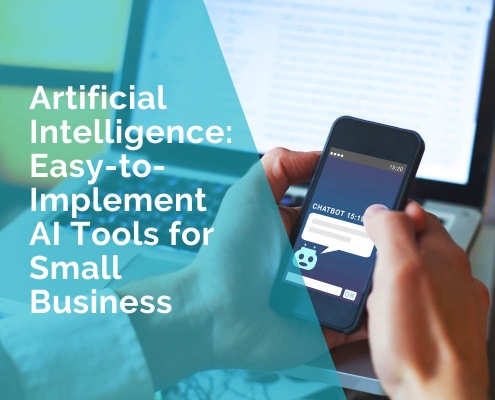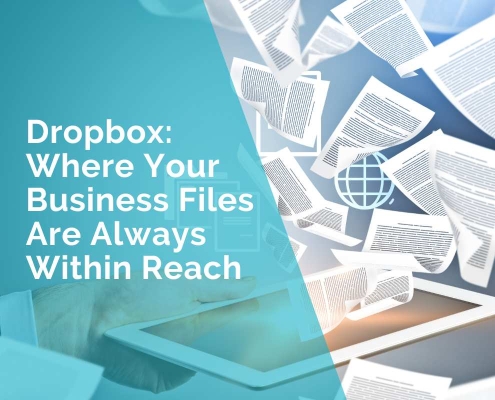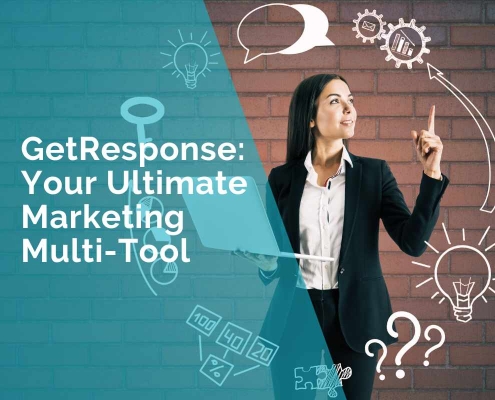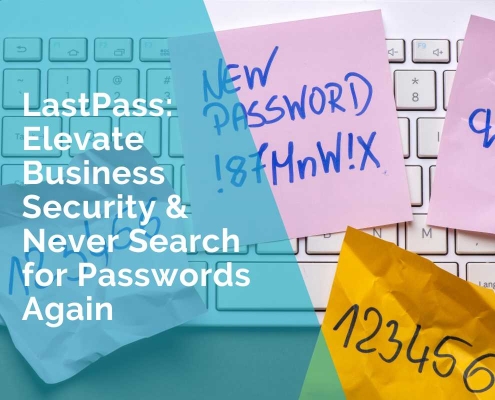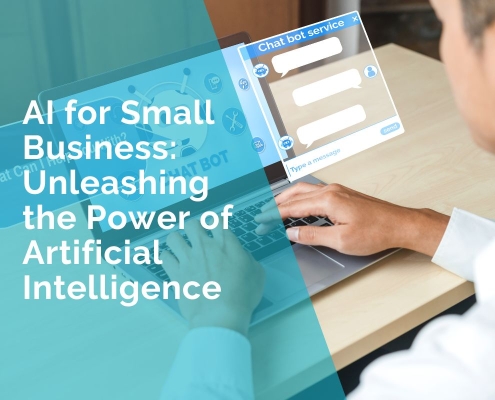The Solopreneur’s Survival Guide: Managing Cash Flow Crisis
The WhatsApp message arrived at 11pm. “Sorry, payment will be delayed another month. Budget issues.” That was my biggest client, owing me three months of invoices. My rent was due in six hours.
I sat on my bathroom floor calculating how many packets of instant noodles I could buy with my last $50. This is solopreneurship. Not the laptop-on-the-beach Instagram posts. The actual reality where your biggest client’s “small delay” means you’re choosing between electricity and internet this month.
The Spiral Nobody Warns You About
The cash flow crisis isn’t gradual. It’s a cliff. One delayed payment becomes two. Suddenly you’re using credit cards for groceries while waiting for invoices worth five months of expenses.
The math becomes surreal. Bank account: $127. Outstanding invoices: $47,000. Credit available: $0. Somehow you’re both successful and broke simultaneously.
Your friends don’t get it. “But you just landed that huge project!” Yeah, that project pays in 60 days. My landlord wants money in 60 minutes. See the problem?
Why Traditional Advice Is Useless
“Just maintain six months of emergency funds!” Sure, let me build that emergency fund with the zero profit margin I’m running while establishing my business. “Diversify your client base!” Cool, I’ll do that while working eighteen-hour days serving my existing clients.
The advice comes from people who’ve forgotten what starting feels like. Or worse, people who’ve never done it. Their solutions assume resources you don’t have.
My favorite useless tip: “Simply refuse clients with poor payment terms.” Simply starve, got it.
Triage Mode: What Actually Works
Forget everything you learned about financial responsibility. Crisis mode has different rules. Survival beats credit scores.
Priority one: Keep your tools working. Internet, phone, and whatever you need to actually deliver work. Can’t make money without these. Everything else is negotiable.
Priority two: Maintain client-facing necessities. That might be your email service, Adobe subscription, or coworking space membership. Whatever directly enables revenue.
Priority three: Buy time on everything else. Landlords usually give more leeway than you’d think. Utilities companies have hardship programs nobody mentions. Credit card companies would rather negotiate than write you off.
The Embarrassing Conversations
Calling your landlord to negotiate hurts. Your ego screams while you explain that despite being a “business owner,” you can’t make rent. But here’s the secret: they’ve heard it before.
“I can pay half now, half in two weeks when my invoice clears.” Most say yes. They want their money, not an eviction process.
Same with suppliers, subscriptions, even some utilities. The key phrase isn’t “I can’t pay.” It’s “Here’s when I can pay.” Specific dates, not vague promises.
Emergency Cash You Forgot About
That online course you created two years ago? Discount it 70% and email your list. You’ll hate cheapening your work, but $500 today beats $2000 never.
Old client work gathering dust? Package it as templates and sell it. That logo you designed? It’s now a “$99 startup branding kit.
The Nuclear Options
Skills you never list on LinkedIn become sellable. Can I type fast? Transcription work pays within days. Speak another language? Translation gigs pay immediately. That photography hobby? Event photographers make cash same-day.
I edited college essays for rich parents at $200 per essay. Not proud of it. But it kept my business alive during the three months my biggest client ghosted on payment.
When desperation peaks, borrowing becomes necessary. Family loans destroy relationships but they’re interest-free. Credit card cash advances are expensive but instant. Personal loans feel like defeat but they’re structured predictably.
For Singapore solopreneurs, options vary wildly based on income proof. CPF statements and bank records might not show traditional employment, but many lenders now understand gig economy income. You can compare personal loans for low income earners at Singsaver to find options that don’t require standard employment letters.
Prevention (For Next Time)
Surviving one crisis teaches you to prevent the next. Painful lessons become business systems.
Invoice immediately, not monthly. Break projects into milestones with partial payments. That $10,000 project becomes four $2,500 payments. Cash flows instead of flooding.
The “client concentration” rule matters. When one client is over 40% of income, you’re not a business. You’re a freelancer with extra paperwork. I learned this after my biggest client disappeared overnight.
Raise rates annually, not “someday.” Every client paying last year’s rates is subsidizing your business at your expense. The awkward conversation beats another cash crisis.
The Mental Breakdown Part
Cash flow crisis breaks you psychologically. You’re negotiating million-dollar proposals while calculating if you have enough gas to reach the meeting. The cognitive dissonance is crushing.
Imposter syndrome hits differently when you literally can’t afford lunch. “Successful entrepreneur” feels like a sick joke while you’re googling “plasma donation centers near me.”
Don’t talk to employed friends about it. They’ll offer advice like “just get a real job” or worse, offer tiny loans that embarrass both of you. Find other solopreneurs. They get it. They’ve googled the same desperate things at 3am.
Maintaining the Facade
Clients can’t know you’re drowning. They need confidence in your stability. So you perform success while living in a crisis.
That means professional email signatures while typing from McDonald’s wifi. Video calls from angles that hide your emptying apartment. Discussing “Q3 projections” while your Q1 reality is survival.
The performance exhausts you more than the actual work. But dropping the mask means losing clients, which means a deeper crisis.
Recovery Isn’t Linear
Surviving doesn’t mean thriving immediately. That first payment after the crisis doesn’t fix everything. It just stops the bleeding.
Recovery takes months. Catching up on bills, rebuilding credit, restoring sanity. The business survives but the trauma lingers. You check bank balances obsessively even after stabilizing.
The Brutal Truth
Most solopreneurs face a cash flow crisis. Instagram success stories skip this part. But it’s almost universal. You’re not failing. You’re normal.
The crisis teaches what business school doesn’t. Resilience, creativity, humility. Also which instant noodles taste least depressing.
You’ll survive. Then you’ll build systems preventing repeat crises. Eventually, you’ll help another solopreneur through their bathroom floor breakdown.
That’s the real entrepreneurship cycle.
***
Vlad Orlov







